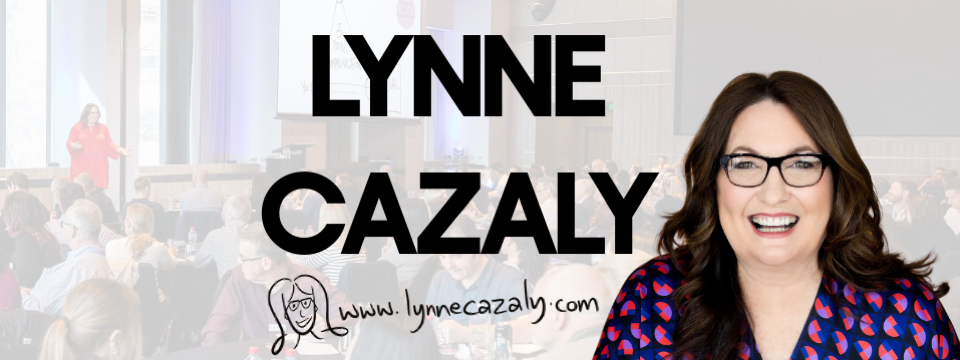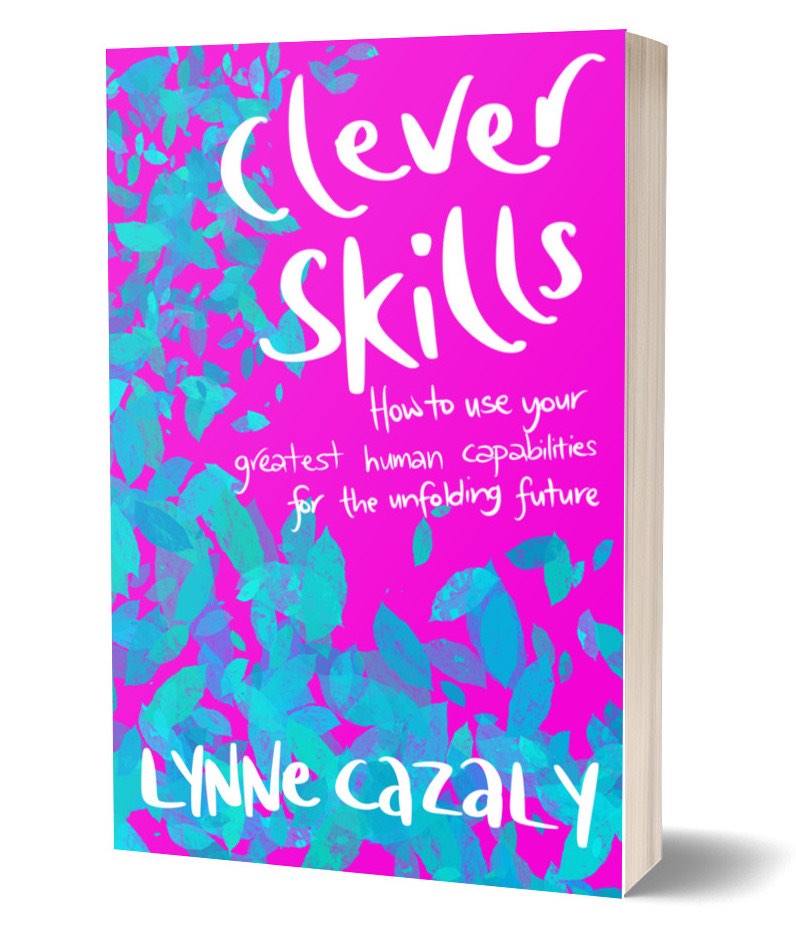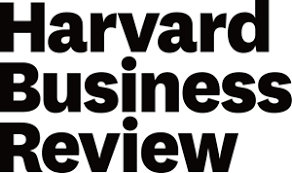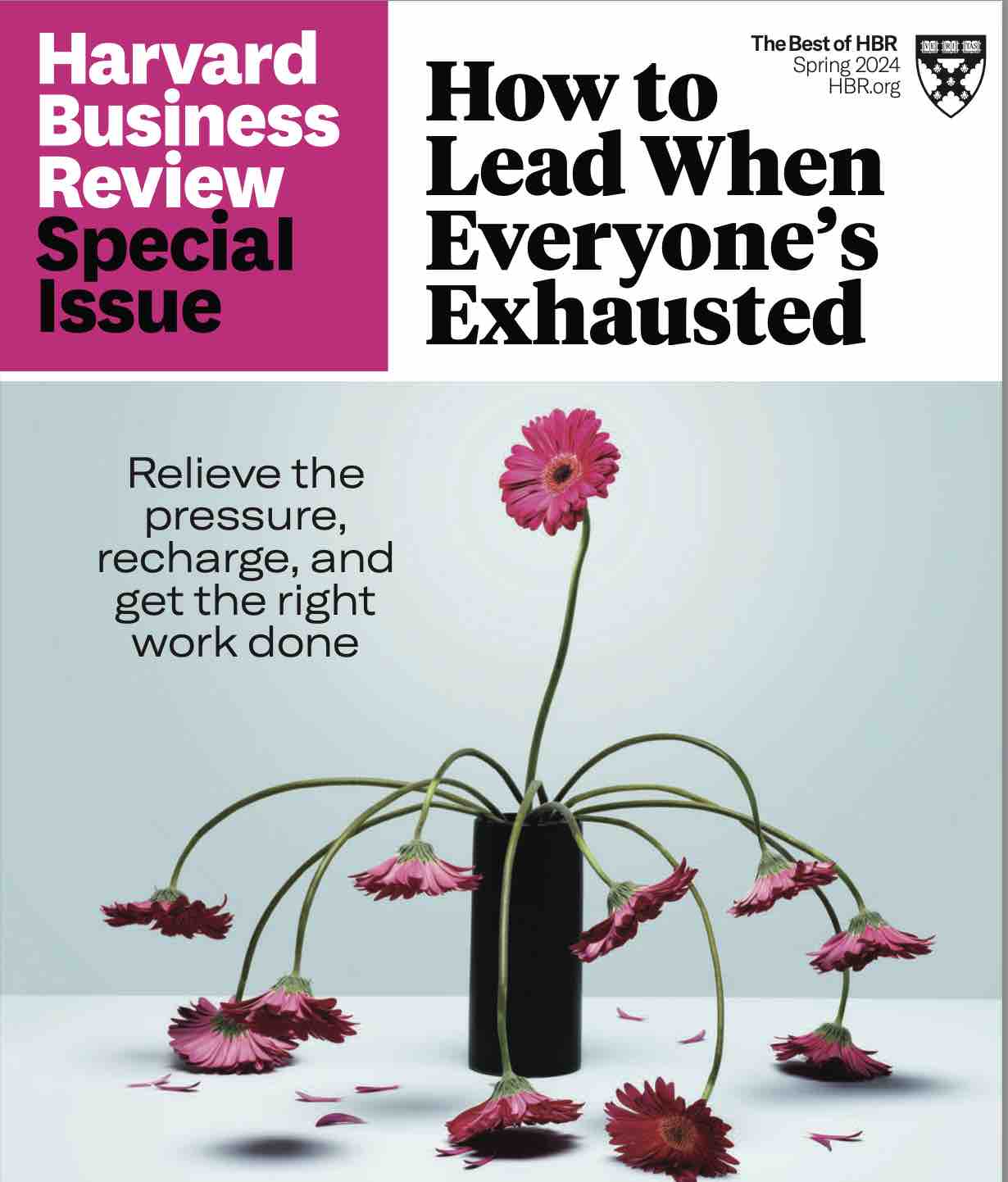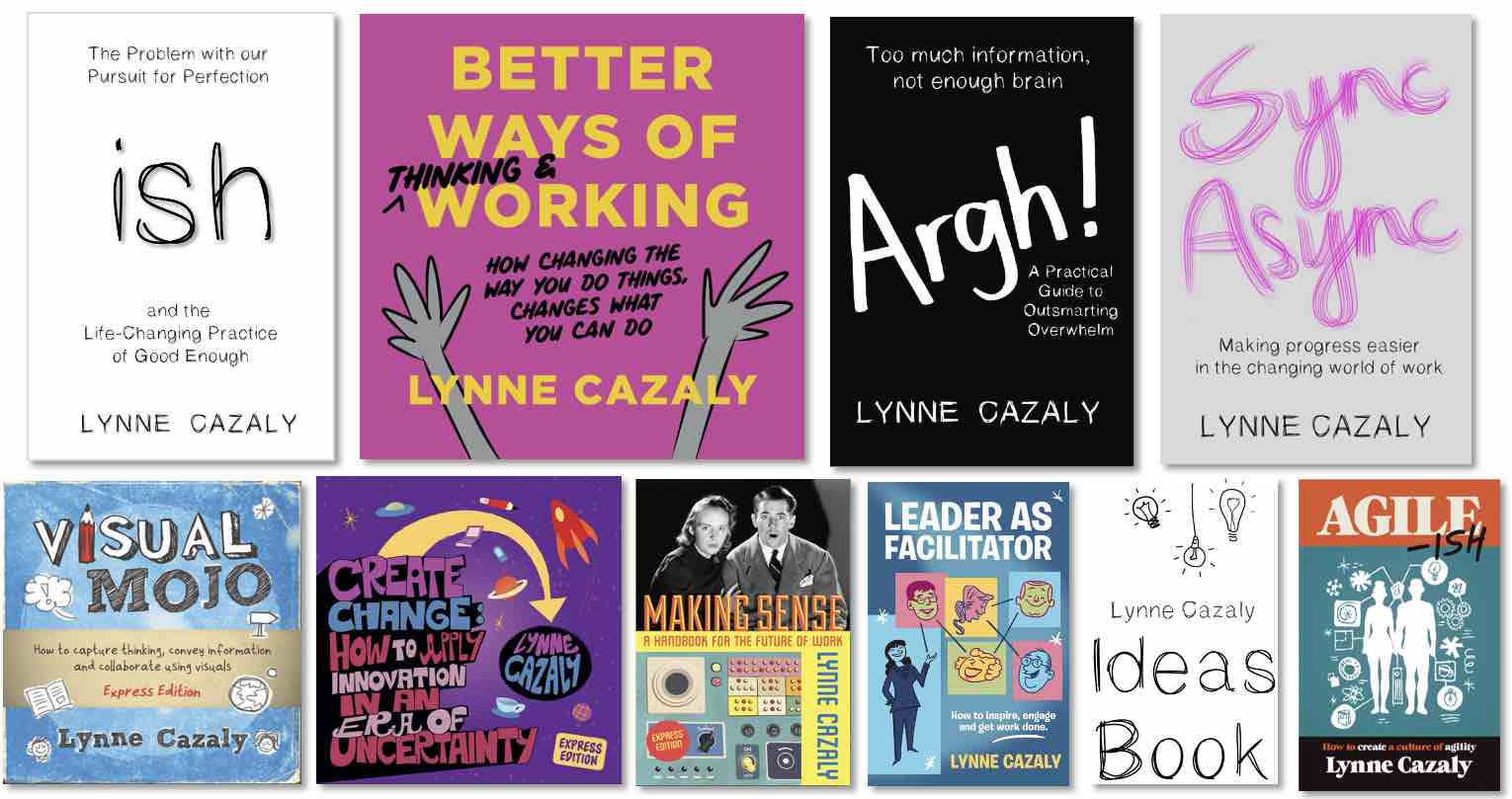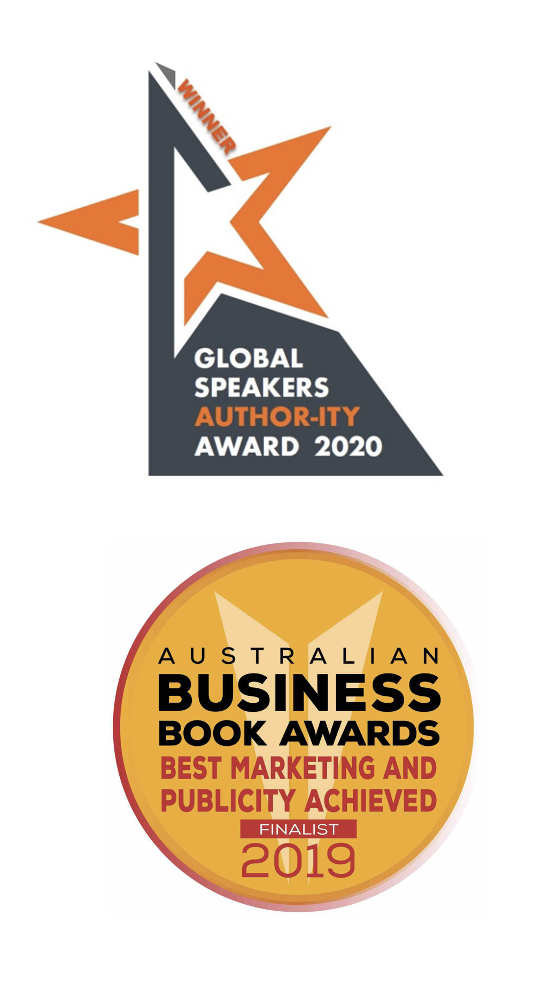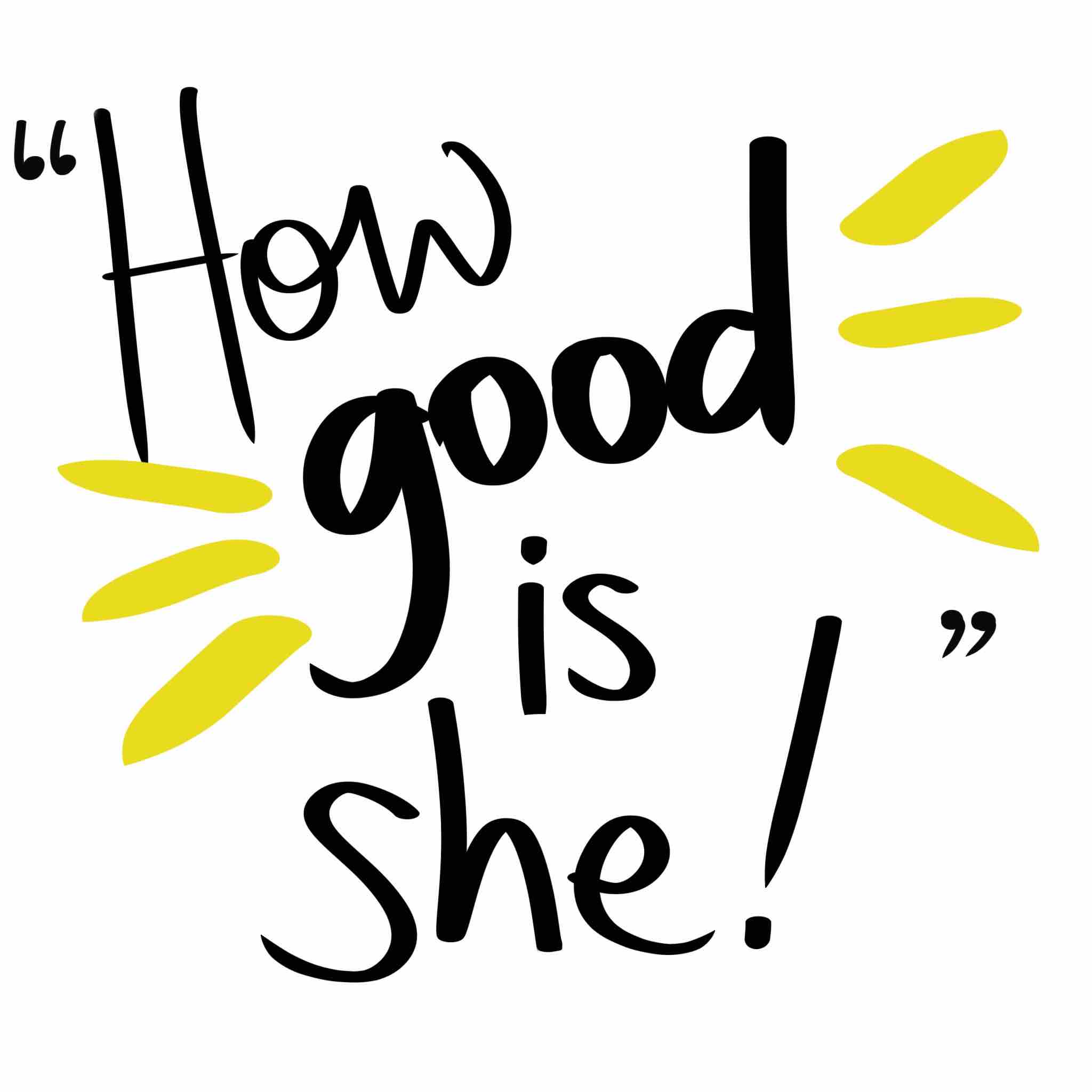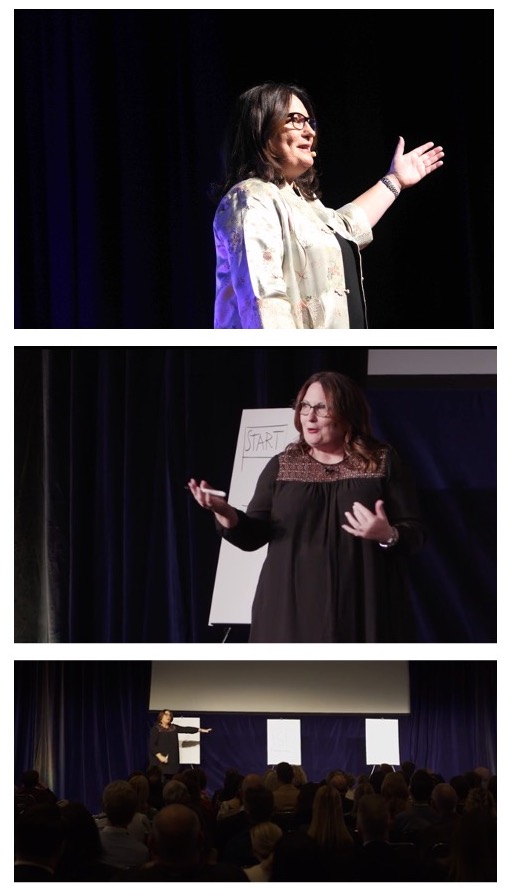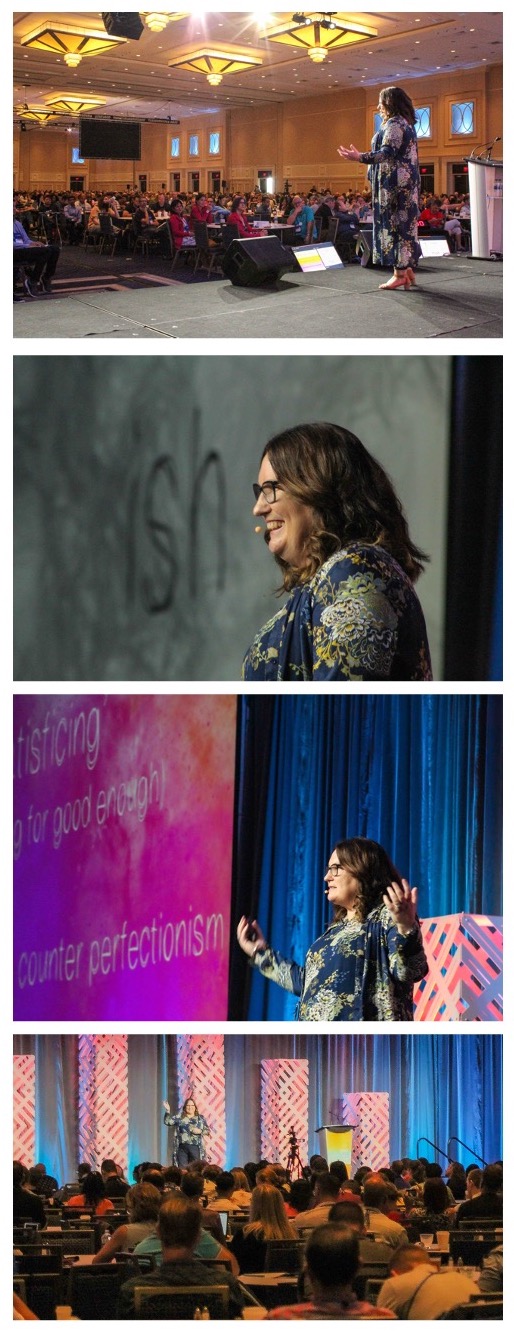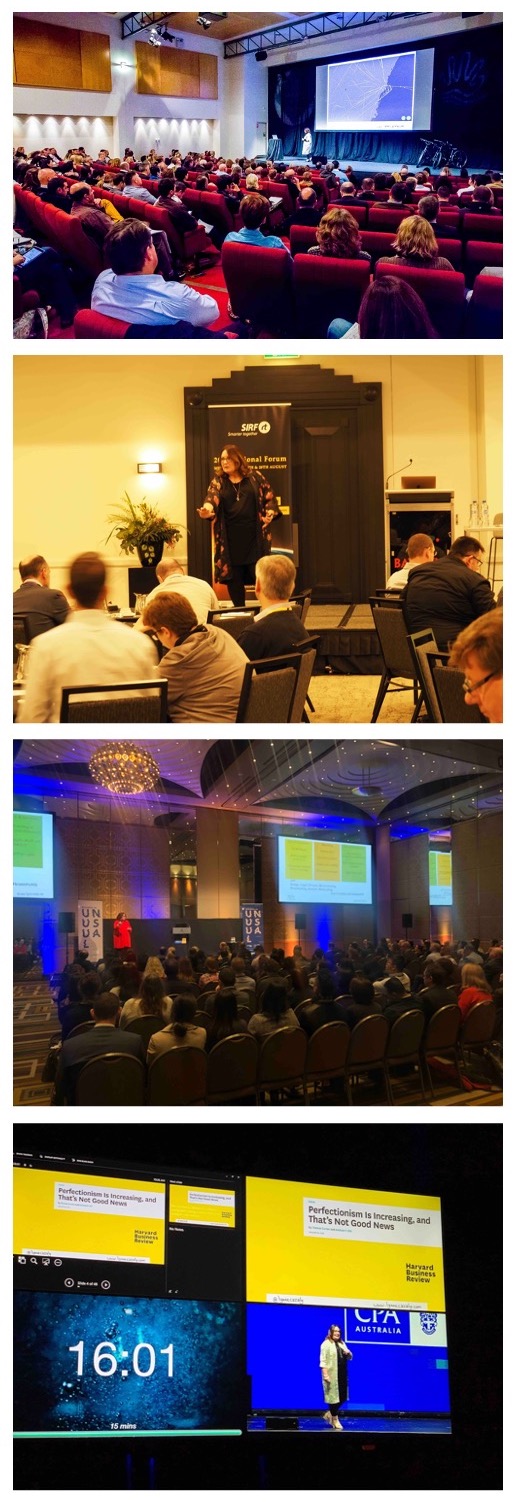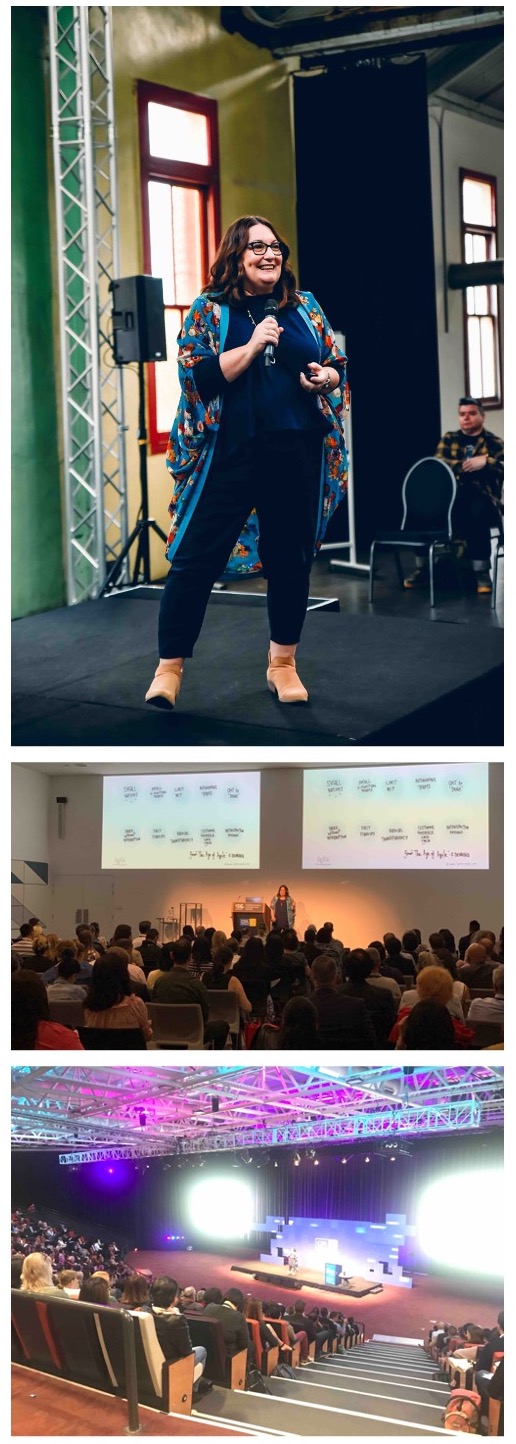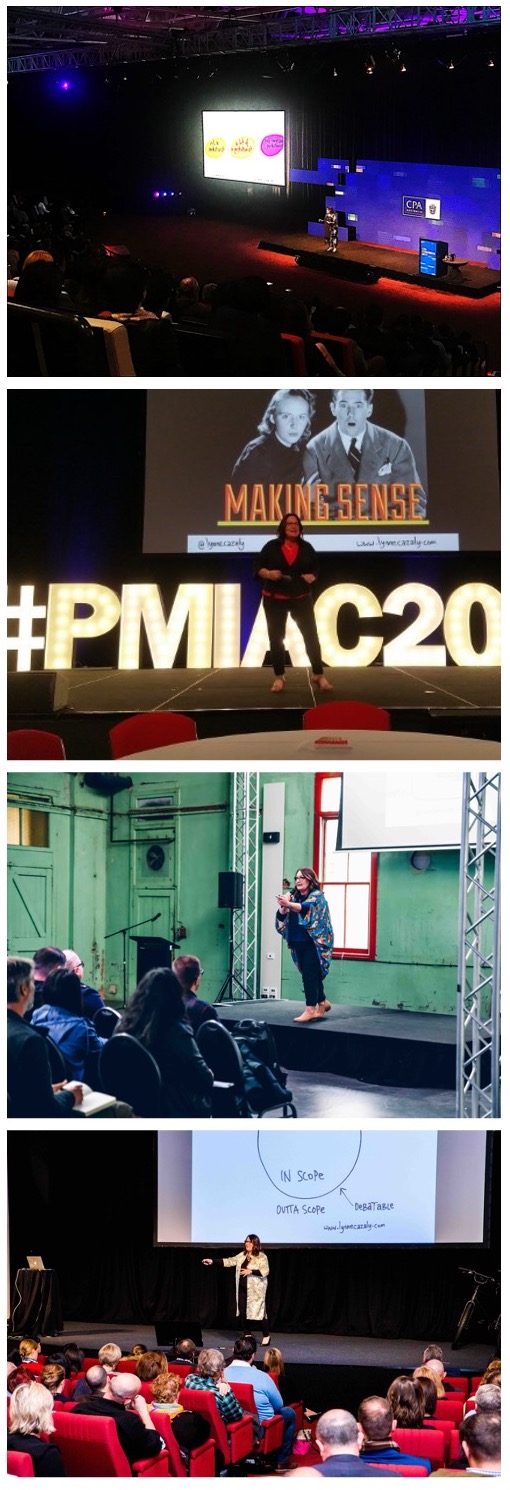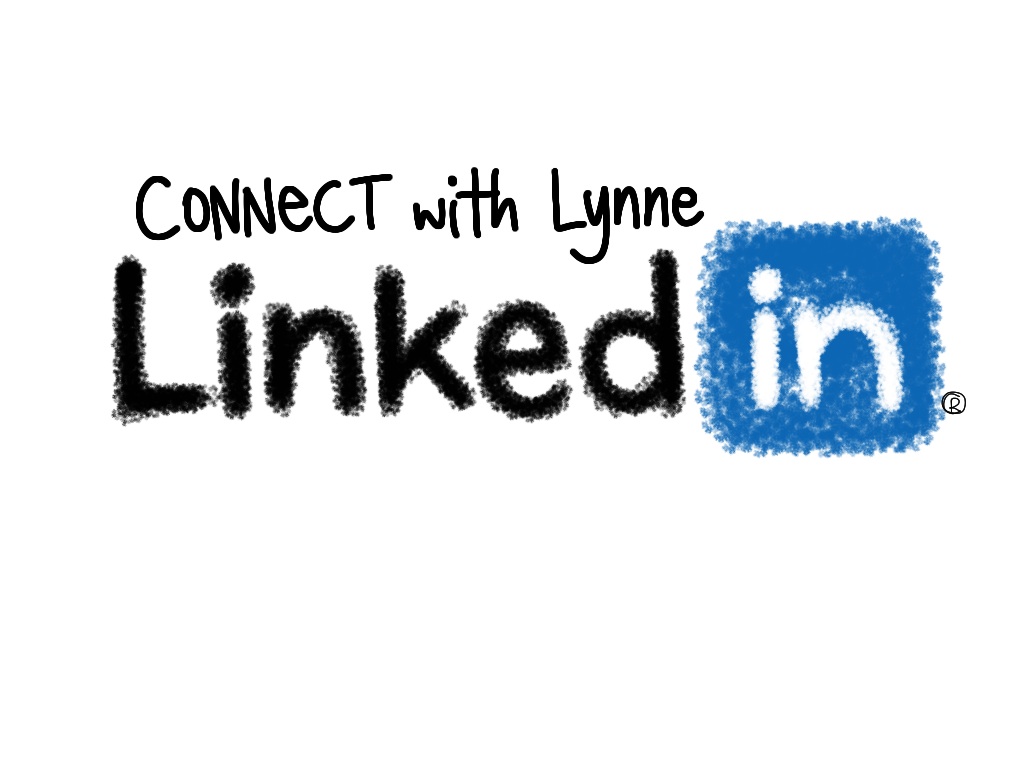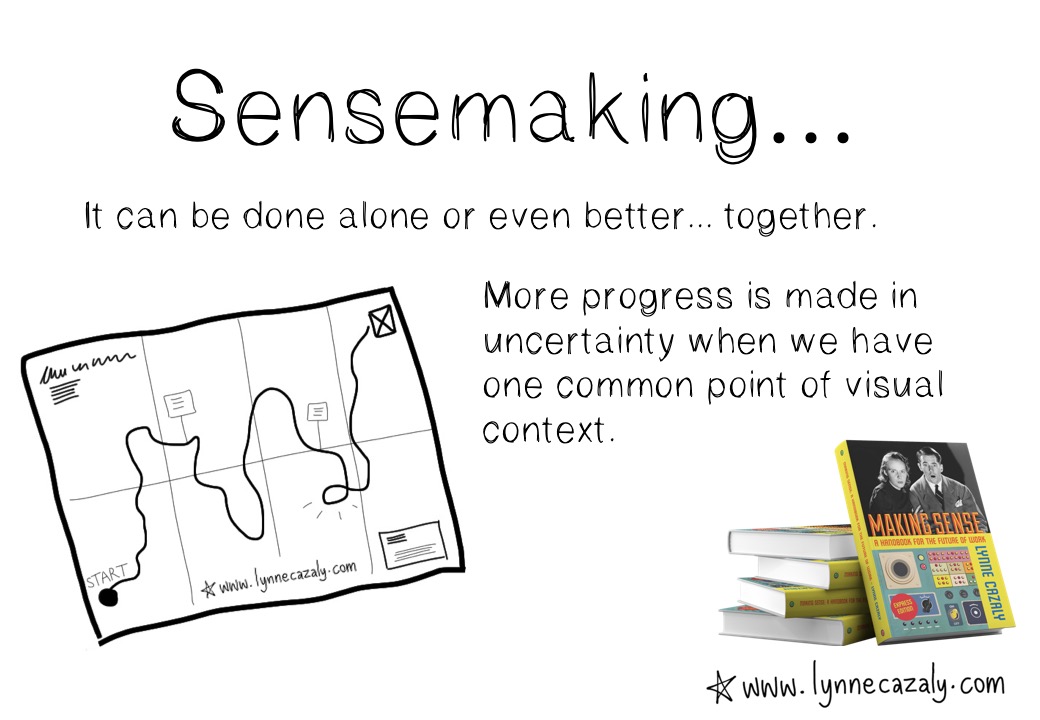When things go around in circles
 Friday, December 20, 2019 at 9:14AM
Friday, December 20, 2019 at 9:14AM  Have you been in a meeting recently when the discussion seemed to keep spinning around in circles, not getting anywhere?
Have you been in a meeting recently when the discussion seemed to keep spinning around in circles, not getting anywhere?
Aaarrgggh! It’s so frustrating, time-wasting and a waste of efforts, energy and ideas.
It’s also a sure sign that people are talking and thinking about different things… and it’s something that can be remedied. Phew!
What can happen is someone launches off with data or detail, shifts into their opinion and then finishes up with their prescriptive ideas and suggestions of what the actions should be.
It's a mess of information. When things get messy and seem to go around in circles, I separate the mess into these 4 chunks:
1️⃣ facts
2️⃣ opinions
3️⃣ ideas
4️⃣ actions.
Do you see how different these are? It’s tricky for us to hold all 4 elements in our mind at once.
When someone is talking and they manage to cover all of these 4 things (in one breath) and then someone else does the same, yes it feels like it’s going around in circles - all that information, going nowhere. What do we do? Tune in, look out and listen for these 4 different types of communication and expression. Facts. Opinions. Ideas. Actions.
